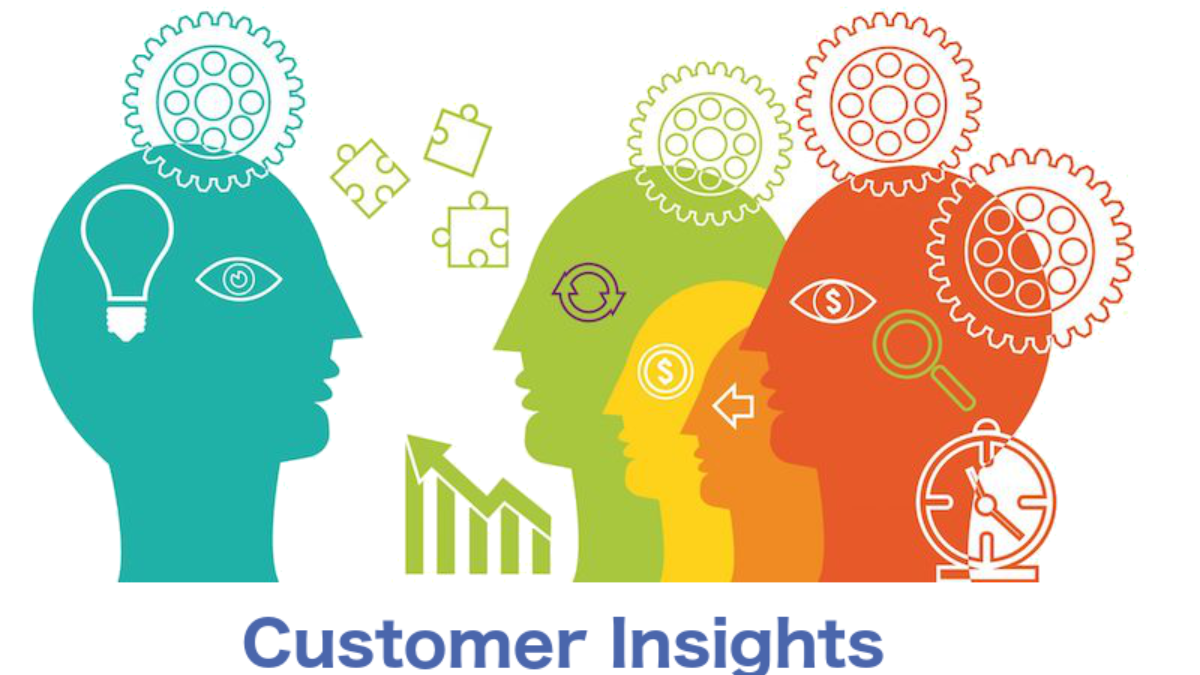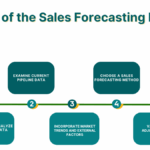Introduction
In today’s hyper-competitive and customer-centric marketplace, businesses that understand their customers deeply are the ones that thrive. Customer data is abundant, but raw data alone doesn’t generate value. What truly drives business success is transforming that data into actionable insights—meaningful, strategic observations that can guide informed decision-making.
This article explores how to extract actionable customer insights, the tools and techniques used, and how these insights can power growth strategies across departments—from marketing and sales to support and product development.
1. What Are Customer Insights?
Customer insights are interpretations derived from analyzing customer data, behaviors, and feedback. These insights provide a deeper understanding of:
- What customers want
- How they behave
- Why they choose (or leave) a brand
- Their preferences and pain points
The more actionable these insights are, the more they can shape real-world strategies—driving better products, more effective campaigns, and stronger customer experiences.
2. Why Actionable Insights Matter
Actionable insights are essential for:
- Personalized experiences: Tailoring interactions based on customer preferences.
- Product innovation: Identifying unmet needs or areas for improvement.
- Targeted marketing: Reaching the right audience with the right message.
- Customer retention: Predicting churn and proactively addressing it.
- Strategic planning: Making informed, data-backed decisions.
Rather than relying on guesswork or assumptions, businesses can confidently invest in areas that truly impact performance.
3. Sources of Customer Insights
To unlock insights, businesses must collect and analyze data from a variety of sources:
a) Purchase Behavior
Analyze what products or services customers buy, how often, and in what combinations.
b) Website & App Analytics
Track user journeys, click behavior, bounce rates, and session duration to understand how customers engage digitally.
c) Customer Feedback
Surveys, reviews, and support tickets offer direct insight into customer satisfaction, complaints, and suggestions.
d) Social Media
Conversations, comments, and mentions can reveal sentiment, trends, and brand perception.
e) Support Interactions
Monitor recurring issues and resolution time to uncover product or service weaknesses.
f) Email and Campaign Engagement
Understand open rates, click-throughs, and unsubscribes to measure interest and relevance.
4. Turning Data into Actionable Insights
Here’s how businesses can convert data into meaningful actions:
• Segment the Audience
Group customers based on demographics, behavior, or lifecycle stage. This helps in crafting more tailored approaches.
• Use Predictive Analytics
Anticipate customer needs or behaviors based on historical trends. For example, predicting when a customer is likely to make their next purchase.
• Identify Trends and Patterns
Spotting rising demand for certain products or services, or common drop-off points in the sales funnel.
• Correlate Data
Find relationships between variables—such as how support wait times affect customer satisfaction or how email timing influences engagement.
• Visualize Insights
Use charts, dashboards, and heatmaps to make patterns easy to understand and act upon.
5. Applying Insights to Strategy
Once insights are gathered, they must be translated into real strategic moves. Here’s how they influence different business functions:
a) Marketing
- Create customer personas
- Run highly targeted campaigns
- Optimize content strategy based on engagement metrics
b) Sales
- Prioritize high-intent leads
- Refine messaging based on customer objections
- Train reps using insights from past interactions
c) Customer Support
- Introduce self-service options for frequent issues
- Train agents on common pain points
- Improve resolution time using root-cause analysis
d) Product Development
- Introduce features customers request most
- Fix commonly reported bugs or usability challenges
- Identify underserved customer segments
e) Customer Retention
- Spot at-risk customers using churn predictors
- Send timely retention offers or check-ins
- Adjust loyalty programs based on customer feedback
6. Challenges in Gaining Actionable Insights
While data is everywhere, actionable insights require more than just access. Common challenges include:
- Data Overload: Too much information without prioritization.
- Siloed Data: Fragmented customer information across systems.
- Poor Data Quality: Incomplete or outdated records skew analysis.
- Lack of Analytical Skills: Teams may struggle to interpret raw data effectively.
- Slow Implementation: Insights must be applied quickly to be relevant.
Overcoming these challenges means using integrated systems, improving data hygiene, and investing in training or tools to enable better analysis.
7. Tools and Techniques to Extract Insights
Here are a few techniques used by modern businesses to unlock customer insights:
- Surveys & Polls: Direct feedback collection.
- Heatmaps: Visual analysis of user interactions on websites.
- A/B Testing: Comparing variations to see what works best.
- Sentiment Analysis: Using AI to understand emotions in customer text.
- Behavior Tracking: Following user actions to see what drives conversion.
- Cohort Analysis: Studying how groups behave over time.
The key is to use a mix of qualitative and quantitative methods to get the full picture.
8. Continuous Improvement Through Insights
Customer behavior evolves constantly. Regular analysis ensures your strategy stays relevant. Build a culture of feedback and agility where:
- Teams regularly review performance dashboards
- Decisions are driven by the latest data
- Feedback loops are fast and effective
The goal isn’t to collect more data, but to act smarter with the data you already have.
Conclusion
Unlocking actionable customer insights is a game-changer for any business. It transforms scattered data points into strategic knowledge that drives targeted marketing, better service, innovative products, and stronger customer loyalty. When customer understanding becomes a core capability, businesses don’t just react to change—they anticipate it, lead it, and thrive from it.
Frequently Asked Questions (FAQs)
Q1: What makes a customer insight “actionable”?
A: An actionable insight leads to a specific decision or action—such as changing a marketing strategy, improving a product, or adjusting support processes.
Q2: How often should businesses review customer insights?
A: Ideally, insights should be reviewed continuously or at least monthly to stay aligned with customer behavior and market trends.
Q3: Can small businesses benefit from customer insights too?
A: Absolutely. Even basic data like customer feedback or sales trends can guide better decisions and improve performance.
Q4: What’s the difference between data and insight?
A: Data is raw information (e.g., number of visits), while insights are the meaning or story behind that data (e.g., users leave the site after viewing pricing).
Q5: Do I need specialized software to gain customer insights?
A: While specialized tools help, many insights can be drawn using basic analytics platforms, spreadsheets, or survey tools if used thoughtfully.



